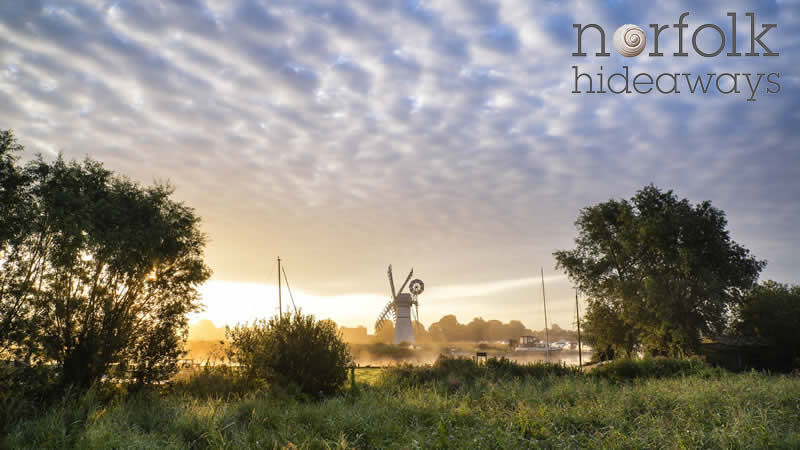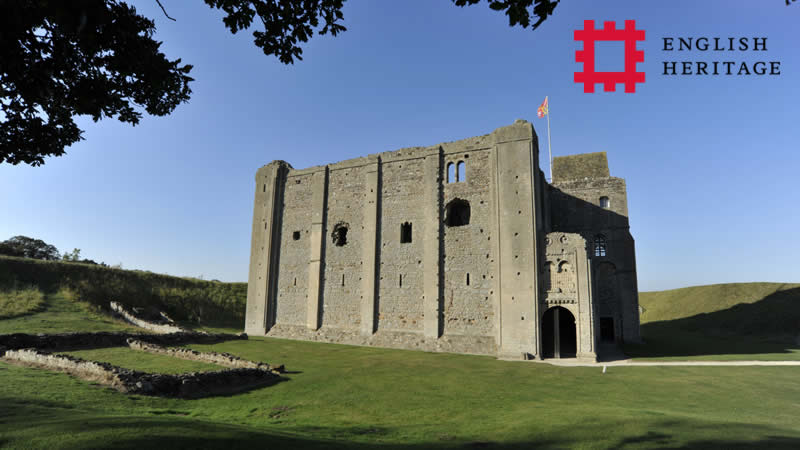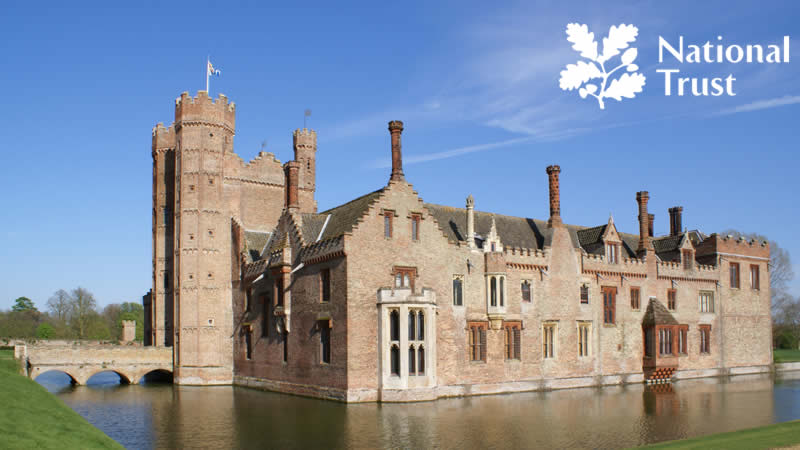Walpole St Peter
The villages of Walpole St Peter and Walpole St Andrew are amalgamated under one parish council. Walpole, as it’s now collectively known, is in the highly fertile (land not the people!) area once known as ‘Marshland’ close the border with Lincolnshire.
Historical bits
The 13 th Century church at Walpole St Peter is known as the ‘Cathedral of the Fens’. The altar end is raised up to go over an ancient footpath known as ‘The Chase’. This footpath links Walpole St Peter with Walpole St Andrew and is know locally as ‘the bolthole’. There is now housing on one side of the footpath and a school on the other side, so the two villages are now united. St Andrew’s Church is now closed which is a shame. The lovely red-brick and stone tower has a little room built into the south-western buttress, which may have been a roadside shrine. If you want to have a look inside you get the keys from the post office. There are 5 locks, which seems excessive as there’s nothing left to steal, but it is apparently heavily vandalised.
What to do there
St Peter’s Church has an annual flower festival or you could hunt for King John’s treasure or go and look at the statue of what locals say is Norfolk’s Giant!
Treasure hunting
King John's Hole, a dank pool, is said to exist somewhere on the southern side of the King's Lynn to Long Sutton Road. This is alleged to be the hiding place of King John's treasure, lost somewhere between Walpole St. Andrew and Long Sutton, when the king, his army and his baggage train were surprised by the tide as they set out across the Wash in 1216, heading for Newark. Many people have searched, unsuccessfully, for the treasure. In the 1930s a group of Americans stayed in Dovecote house, opposite St Peter’s church. They failed to find the treasure but they did restore the house. A team from Nottingham University found the causeway that was probably used, but didn’t find the treasure.
Norfolk Giant
On an outside wall of Walpole St Peter’s church in a corner between the north aisle and the chancel, is a weathered stone figure about 20 inches high. The architectural historian Pevsner says that it’s a 'caryatid', a female supporting figure, but local tradition says rather that it's an effigy of Tom Hickathrift, the famous Norfolk giant.
Folklore has it that Tom threw a stone from the Marshland through the church wall, and a small hole used to be shown as proof. Another story is that Tom beat the Devil in either a wrestling match or a game of football, and some say the hole in the wall was caused by the Devil throwing a ball at Tom











